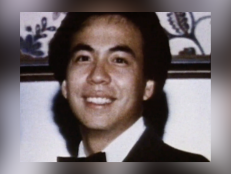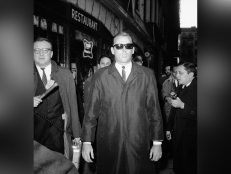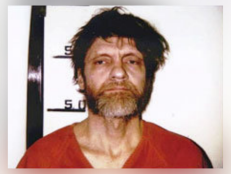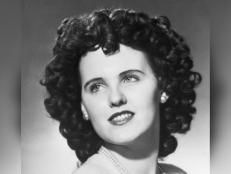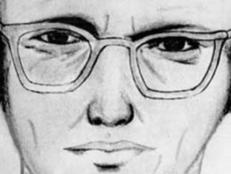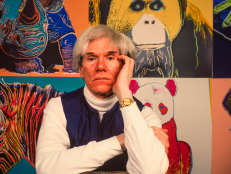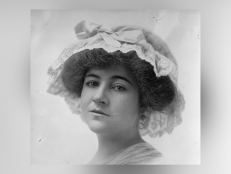Mummified Corpse of Old West Outlaw Elmer McCurdy Discovered
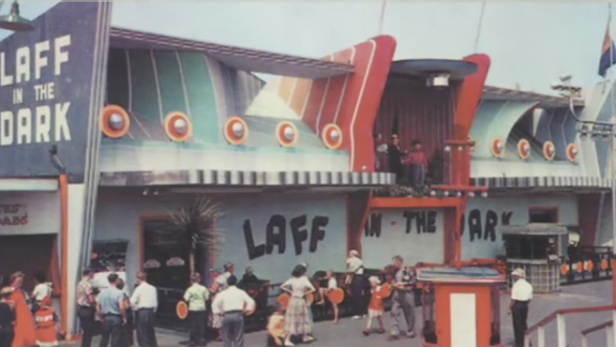
Laff in the Dark funhouse, Long Beach, California [YouTube screenshot]
Born in 1880 in Washington, Maine, Elmer McCurdy endured a childhood rife with uncertain parentage, disease, alcoholism, tragedy, and untimely deaths. After drifting, odd jobs, and an arrest, he finally joined the army at age 27. There, he learned to shoot machine guns and to blow things up with nitroglycerine.

Elmer McCurdy [public domain]
His three years in the army ended with an honorable discharge, and the beginning of his career as a robber. He mostly targeted banks and trains, and very rarely did well at it. His mishaps often coincided with clumsy use of nitroglycerine which would either blow the money up or melt the coins all together.
After just about a year of mostly unsuccessful heists, in 1911 he attempted to hold up a train that was supposed to be carrying $400,000. With McCurdy’s luck, he targeted the wrong train, and was only able to steal the contents of the passengers’ pockets and some whiskey. After a night of hard drinking, he woke to a sheriff’s posse surrounding him. After the ensuing shootout, the dead body of McCurdy was discovered, shot in the chest, and lying next to a jug of whiskey.
It’s at this point, after his death, that McCurdy finally managed to rip someone off. His body was taken to the Johnson Funeral Home where the undertaker worked hard to preserve his corpse, using extra strong arsenic-based embalming fluid, which would help the body keep for a long period of time, as no one had yet appeared to collect the body. After all that work, and the time and effort spent shaving and dressing the corpse, still no one showed up to claim the body or pay Undertaker Johnson for his efforts.
Johnson was stubborn and unwilling to just bury the body until he had been paid. In an effort to recoup some of the money owed him by McCurdy’s corpse, he decided to prop the body up with a rifle in the corner of his funeral home and charge people five cents each to ogle it. He exhibited his curiosity as “The Bandit Who Wouldn’t Give Up.”
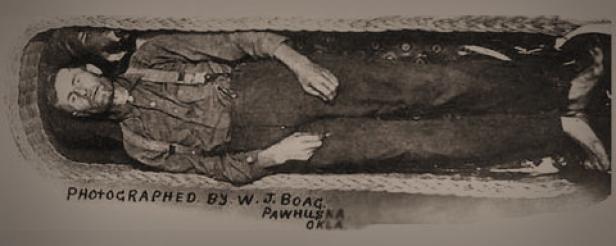
Elmer McCurdy on exhibit [public domain]
Johnson’s attraction became popular and garnered him publicity, eventually getting the attention of a couple of carnival promoters who wanted to exhibit McCurdy themselves. By pretending to be McCurdy’s long lost brothers finally showing up to take possession of his corpse, they were able to convince Johnson to relinquish it in 1916. Before too long, McCurdy was traveling with the Great Patterson Carnival Show under the moniker “The Outlaw Who Would Never Be Captured Alive.”
Over approximately the next 60 years, McCurdy’s remains saw several different owners, traveled with different carnivals, appeared in a wax museum, was exhibited as a cautionary “dead dope fiend,” and even made an appearance in infamous director David F. Friedman‘s She Freak in 1967.
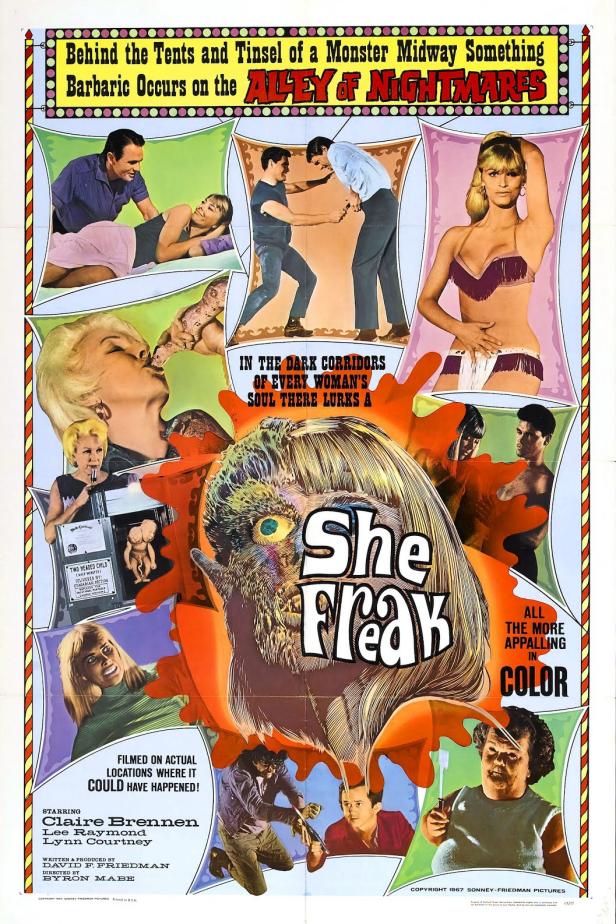
“She Freak” movie poster
By 1976, McCurdy’s embalmed corpse had become mummified and had sustained some damage during all of his adventures. Worse for wear, he was left hanging as a prop in a Long Beach, California, carnival funhouse called Laff in the Dark.
On December 8, 1976, the crew of the television show The Six Million Dollar Man was filming at the amusement park, working on an episode called “Carnival of Spies.”Someone on the prop team had the misfortune to move what was thought to be a mannequin, painted with glow-in-the-dark paint, only to have an arm fall off, revealing human tissue and bones.
A coroner and a forensic anthropologist were tasked with examining the remains, and confirmed that they were human, and identified the mummified corpse as Elmer McCurdy’s — with a little help from David Friedman.
Just as in 1911, no relatives came forward to take responsibility for the body. About four months after he was found and identified, the Indian Territory Posse of Oklahoma Westerns volunteered to bury the body. A funeral procession, with a glass-sided carriage hearse pulled by two white horses, took McCurdy 30 miles to the “Boot Hill” section of the Summit View Cemetery in Guthrie, Oklahoma, where he was finally laid to rest, aside other Old West outlaws.
According to a 1977 article in the Star-News, as McCurdy was consigned to the dirt, the minister stated:
“We cannot condemn you, as we don’t know the conditions that existed in your lifetime. We realize now that you were a part of our heritage, and a part of us, and therefore with respect and decency we commit you to the earth.”
About 300 people attended his service, including many in 19th-century “89er” costumes. It’s safe to say that the service that Elmer McCurdy eventually received was grander and more respectful than how he would have been treated if buried at the time of his death. After everything that poor cadaver went through, he deserved it.
He may not have become a famous and storied outlaw in his day, but Elmer McCurdy will be remembered through history for what happened to him after he died.
Read more: Lakeland Ledger, The Evening Independent, Snopes, Star-News, The Hour, NPR

